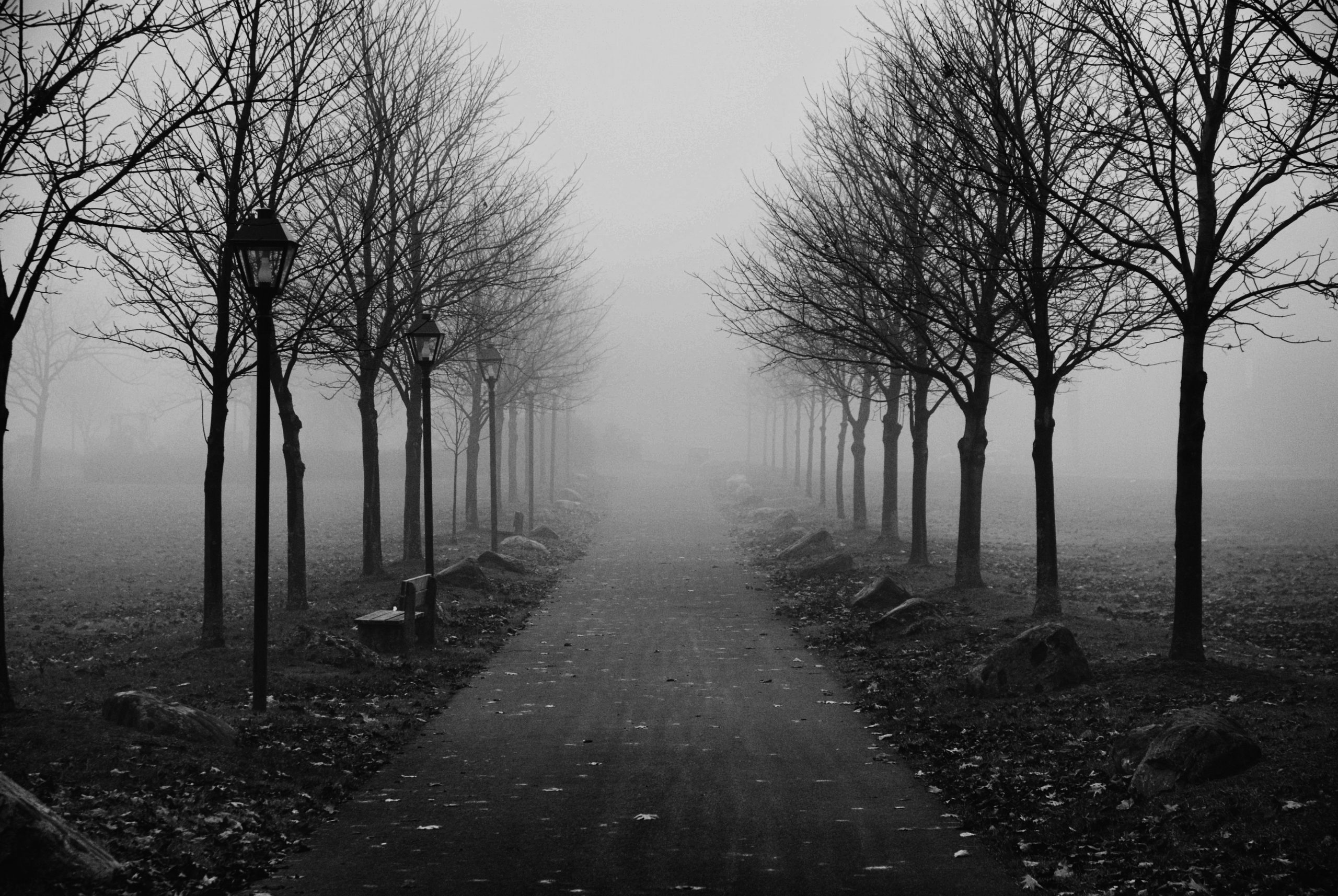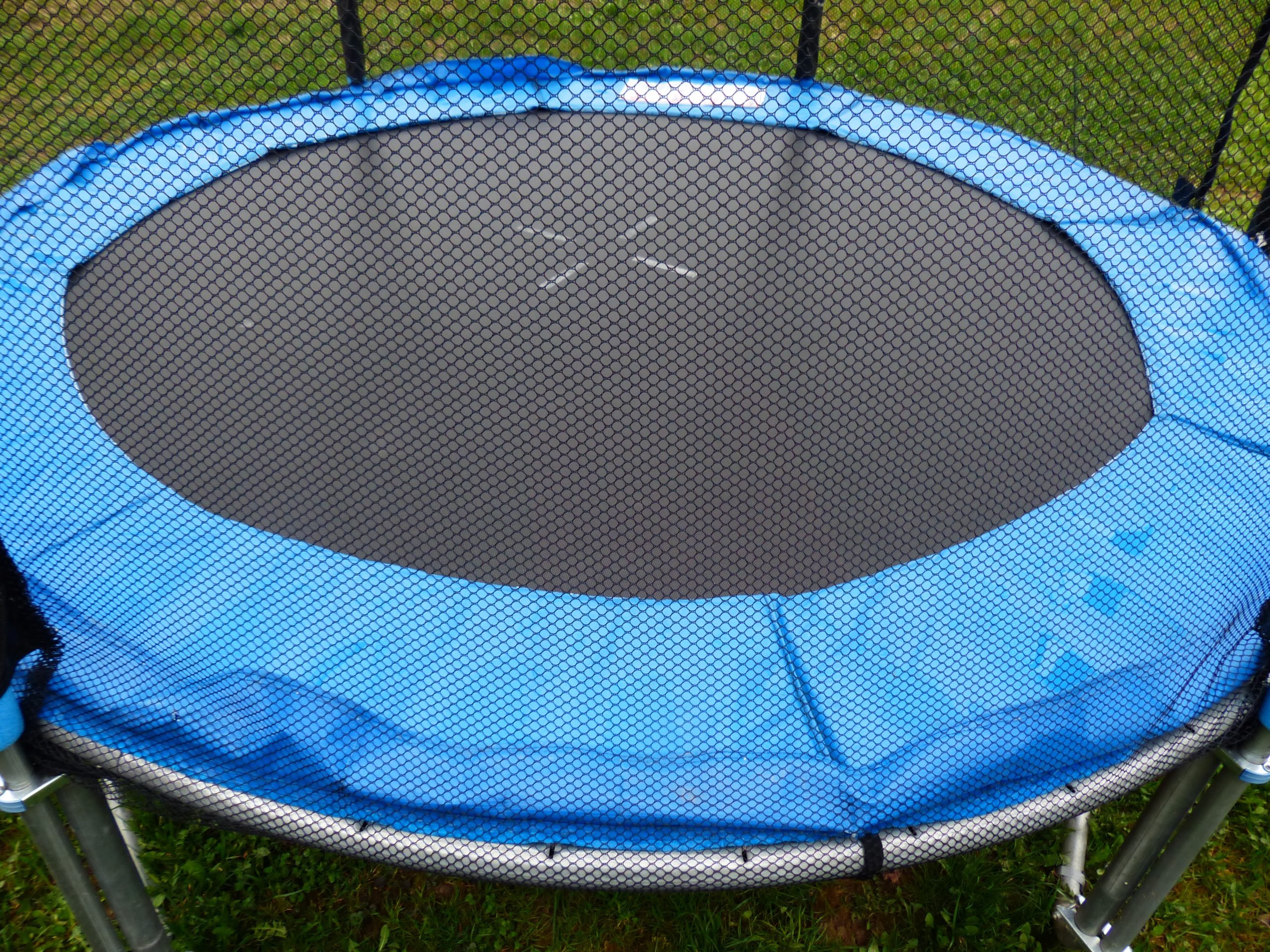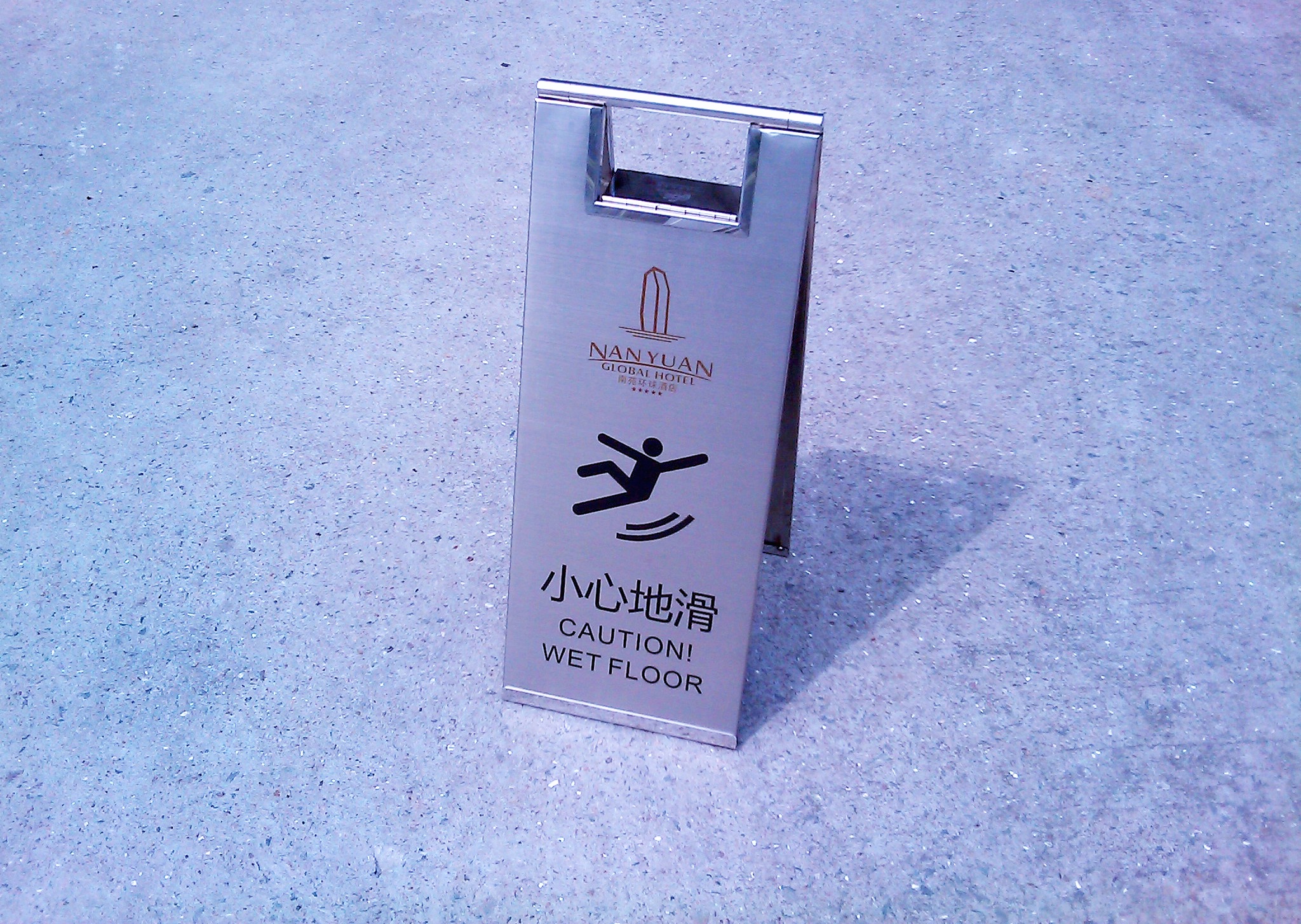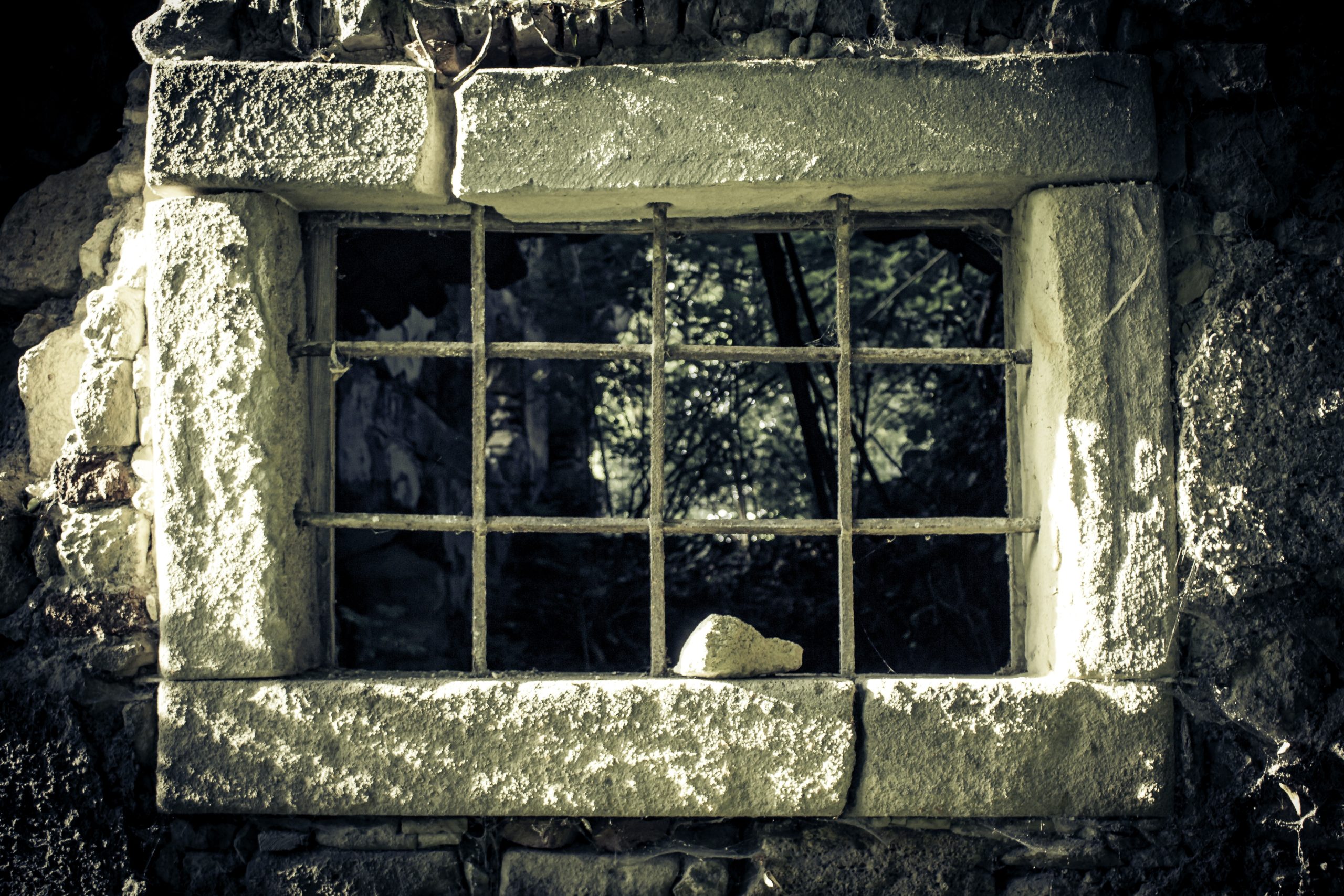 Premises liability is an active area of personal injury law, and accidents occurring on public property are no exception. The question often arises, who is liable for a slip and fall on a public sidewalk? In this case, the Louisiana Third Circuit Court of Appeal was asked to determine the premises liability of the town of Lake Arthur for a fall occurring on a public sidewalk built and maintained by this public entity.
Premises liability is an active area of personal injury law, and accidents occurring on public property are no exception. The question often arises, who is liable for a slip and fall on a public sidewalk? In this case, the Louisiana Third Circuit Court of Appeal was asked to determine the premises liability of the town of Lake Arthur for a fall occurring on a public sidewalk built and maintained by this public entity.
On July 11, 2014, Robin Rogers Richard fell while walking along a sidewalk in Lake Arthur. The portion of the sidewalk where her fall occurred was a driveway that allowed maintenance vehicles to access a public park, with a sloping transition on either side running perpendicular to the street. This portion of the sidewalk was completed in September 2013 by John Anderson Concrete Finishes, Inc. (Anderson), under the direction of Robert Bertrand, the major of Lake Arthur.
Ms. Richard filed a motion for summary judgment on the liability issue, arguing the slope of the transition area did not meet certain state and national requirements and was, therefore, defective per se. However, at her deposition, she indicated that her last step before her fall was on a flat portion of the new sidewalk, not the sloped portion. In response, Lake Arthur, Anderson, and its insurer, Seneca Specialty Insurance Co, filed motions for summary judgment alleging statutory immunity from liability and they were not liable because the condition of the sidewalk was open and obvious.
 The Smitty’s Supply plant explosion and fire in Roseland, Louisiana on August 22, 2025 has left the Tangipahoa Parish community shaken. Families were forced to evacuate, businesses were disrupted, and questions remain about the long-term impact of the disaster.
The Smitty’s Supply plant explosion and fire in Roseland, Louisiana on August 22, 2025 has left the Tangipahoa Parish community shaken. Families were forced to evacuate, businesses were disrupted, and questions remain about the long-term impact of the disaster. Insurance Dispute Lawyer Blog
Insurance Dispute Lawyer Blog


 Sometimes, those delightful recreational activities we all enjoy carry an inherent risk. Often, we assume the risk of those injuries when we engage in that potentially reckless conduct. Knowing your legal options following these injuries is necessary, mainly because recovering for these somewhat ordinary injuries can be difficult. What does it look like when a party cannot recover for a recreational injury–here, an injury from a trampoline park visit?
Sometimes, those delightful recreational activities we all enjoy carry an inherent risk. Often, we assume the risk of those injuries when we engage in that potentially reckless conduct. Knowing your legal options following these injuries is necessary, mainly because recovering for these somewhat ordinary injuries can be difficult. What does it look like when a party cannot recover for a recreational injury–here, an injury from a trampoline park visit? The story of an underdog seeking justice against a powerful corporation is a familiar legal narrative. And while we may be inclined to root for the little guy, that does not relieve him from proving he has a valid case.
The story of an underdog seeking justice against a powerful corporation is a familiar legal narrative. And while we may be inclined to root for the little guy, that does not relieve him from proving he has a valid case. When preparing for a fundraiser, you understandably have lots on your mind. You have to coordinate food, RSVPs, and plan the event. However, if you are using something potentially dangerous, such as a propane barbecue, you also need to ensure you take reasonable steps to inspect it for any potential defects. Otherwise, you could be liable for injuries you or others suffer.
When preparing for a fundraiser, you understandably have lots on your mind. You have to coordinate food, RSVPs, and plan the event. However, if you are using something potentially dangerous, such as a propane barbecue, you also need to ensure you take reasonable steps to inspect it for any potential defects. Otherwise, you could be liable for injuries you or others suffer. Personal injury cases are notorious for their intricate nature, often posing challenges in determining fault and establishing liability. Complications escalate further when discrepancies arise regarding the facts surrounding the incident. When blame is uncertain, and parties refuse to accept responsibility, the legal landscape becomes increasingly convoluted.
Personal injury cases are notorious for their intricate nature, often posing challenges in determining fault and establishing liability. Complications escalate further when discrepancies arise regarding the facts surrounding the incident. When blame is uncertain, and parties refuse to accept responsibility, the legal landscape becomes increasingly convoluted.  When prison officials do nothing to fix a large hole that leaks onto the floor in a jail cell, could the inmate have a claim for cruel and unusual punishment? The Fifth Circuit Court of Appeals case answers no. Many instances of inmates complaining about mistreatment are not uncommon to hear about, but when do we draw the line from complaints to unusual punishment? The subsequent lawsuit helps us answer this question of Eighth Amendment rights violations.
When prison officials do nothing to fix a large hole that leaks onto the floor in a jail cell, could the inmate have a claim for cruel and unusual punishment? The Fifth Circuit Court of Appeals case answers no. Many instances of inmates complaining about mistreatment are not uncommon to hear about, but when do we draw the line from complaints to unusual punishment? The subsequent lawsuit helps us answer this question of Eighth Amendment rights violations. We have all read headlines about lawsuits filed against gas and energy companies by workers who have developed health problems at their facilities. But what happens when a plaintiff files a lawsuit which could be barred by a workers’ compensation act? Will the claim be able to withstand a peremptory exception? How does the plaintiff fight against such a motion?
We have all read headlines about lawsuits filed against gas and energy companies by workers who have developed health problems at their facilities. But what happens when a plaintiff files a lawsuit which could be barred by a workers’ compensation act? Will the claim be able to withstand a peremptory exception? How does the plaintiff fight against such a motion? Schools are institutions for learning and public meeting spots for numerous events. People come and go daily and the safety of all visitors is paramount. But what happens when a visitor to a school is injured on the premise? Can a school be held liable for a visitor’s injuries on its campus? The following case out of Kentwood, Louisiana, shows the need for adequate proof when pursuing a trip and fall lawsuit against a school.
Schools are institutions for learning and public meeting spots for numerous events. People come and go daily and the safety of all visitors is paramount. But what happens when a visitor to a school is injured on the premise? Can a school be held liable for a visitor’s injuries on its campus? The following case out of Kentwood, Louisiana, shows the need for adequate proof when pursuing a trip and fall lawsuit against a school. When someone is injured in an accident, the question often arises, who is at fault? Certain factors must be met to find fault in an injury case. The following case outlines the elements which must be proven to file a personal injury lawsuit against a public park in East Baton Rouge.
When someone is injured in an accident, the question often arises, who is at fault? Certain factors must be met to find fault in an injury case. The following case outlines the elements which must be proven to file a personal injury lawsuit against a public park in East Baton Rouge.  Premises liability is an active area of personal injury law, and accidents occurring on public property are no exception. The question often arises, who is liable for a slip and fall on a public sidewalk? In this case, the Louisiana Third Circuit Court of Appeal was asked to determine the premises liability of the town of Lake Arthur for a fall occurring on a public sidewalk built and maintained by this public entity.
Premises liability is an active area of personal injury law, and accidents occurring on public property are no exception. The question often arises, who is liable for a slip and fall on a public sidewalk? In this case, the Louisiana Third Circuit Court of Appeal was asked to determine the premises liability of the town of Lake Arthur for a fall occurring on a public sidewalk built and maintained by this public entity.